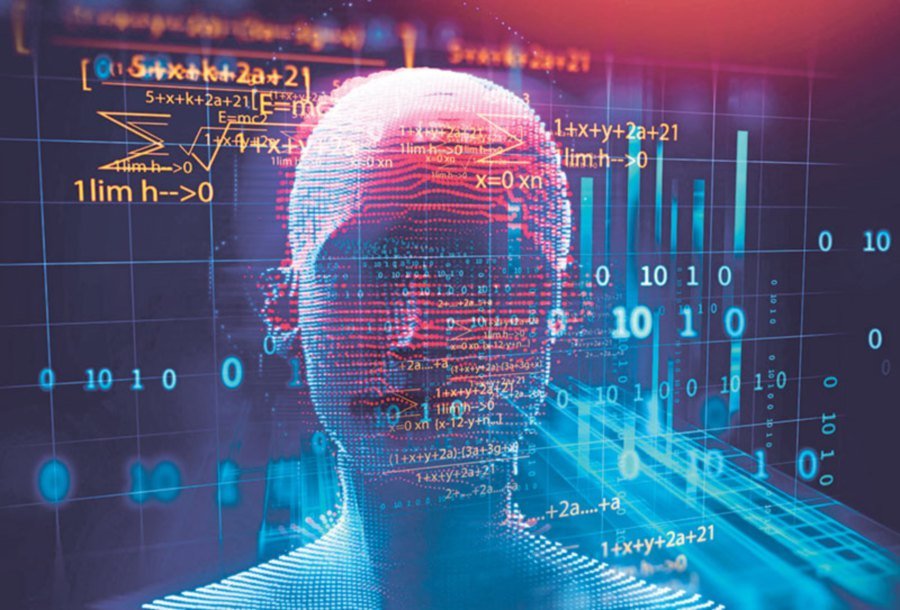You presumably engage with artificial intelligence on a regular basis, and it is undoubtedly beneficial to some.
While many people continue to link artificial intelligence with science fiction dystopias, this association is fading as artificial intelligence advances and becomes more pervasive in our daily lives. Today, artificial intelligence is a common term (and, in some cases, an actual presence in the home – hello, Alexa!).
While the acceptance of artificial intelligence in mainstream society is a recent development, the notion is not. Although the contemporary science of artificial intelligence was founded in 1956, it required decades of research and development to make substantial progress in developing an artificial intelligence system and making it a technological reality.
Artificial intelligence offers a plethora of applications in business. Indeed, the majority of us deal with artificial intelligence on a regular basis in some form or another. Artificial intelligence is already changing practically every business activity in every industry, from the banal to the stunning. With the proliferation of artificial intelligence technologies, they have become a need for firms seeking to maintain a competitive edge.
What is the definition of artificial intelligence?
Before delving into the impact of artificial intelligence Malaysia technology on the business world, it’s necessary to define the term. The word “artificial intelligence” is a broad and inclusive term that refers to any type of computer software that performs human-like tasks such as learning, planning, and problem solving. Referring to specific applications as “artificial intelligence” is akin to referring to a 2013 Honda Accord as a “car” — it’s technically right, but it leaves out critical details. To determine which sort of artificial intelligence is most prevalent in business, we must delve deeper.
Automated learning
Machine learning is one of the most often developed forms of artificial intelligence for business reasons nowadays. Machine learning is most commonly used to rapidly process enormous volumes of data. These types of artificial intelligence are algorithms that appear to “learn” over time, becoming more proficient at their tasks the more frequently they perform them. Increase the amount of data sent to a machine learning system and its modelling should improve. Machine learning is advantageous for contextualising massive amounts of data – increasingly recorded by connected devices and the internet of things – for human consumption.
For instance, if you operate a manufacturing plant, your machinery is almost certainly network-connected. Connected devices continuously transmit data on their functionality, production, and other characteristics to a central location. Unfortunately, there is just too much data for a human to sort through, and even if they could, they would almost certainly miss the majority of the patterns. Machine learning algorithms can quickly examine new data, discovering patterns and abnormalities. If a machine in a manufacturing plant is operating at reduced capacity, a machine learning algorithm can detect this and alert decision makers that it is time to dispatch a preventive maintenance crew.
However, machine learning is a large category. Artificial neural networks, a network of interconnected artificial intelligence “nodes,” have facilitated the development of what is known as “deep learning.”
Intensive education
Deep learning is a subset of machine learning that is considerably more specific, relying on neural networks to do nonlinear reasoning. Deep learning is crucial for advanced functions like fraud detection. This is accomplished by examining a large number of variables simultaneously. For instance, in order for self-driving cars to work, a number of aspects must be detected, studied, and addressed simultaneously. Deep learning algorithms are employed to help self-driving cars contextualise data collected by their sensors, such as the distance between objects, their speed of movement, and a prediction of their location in the next 5-10 seconds. All of this data is compared side by side to assist a self-driving car in making decisions such as whether to change lanes.
Deep learning holds enormous promise for business and is likely to become more widely used in the near future. While older machine learning algorithms typically reach a point of diminishing returns once a certain quantity of data is collected, deep learning models continue to increase their performance as more data is collected. This significantly increases the scalability and detail of deep learning models; one could even argue that deep learning models are significantly more autonomous.


